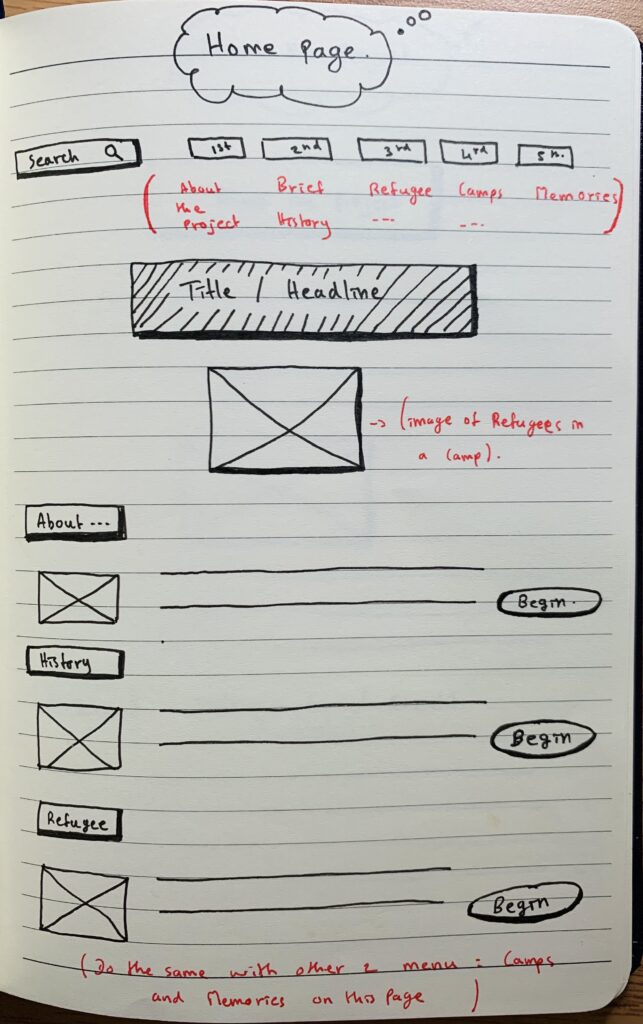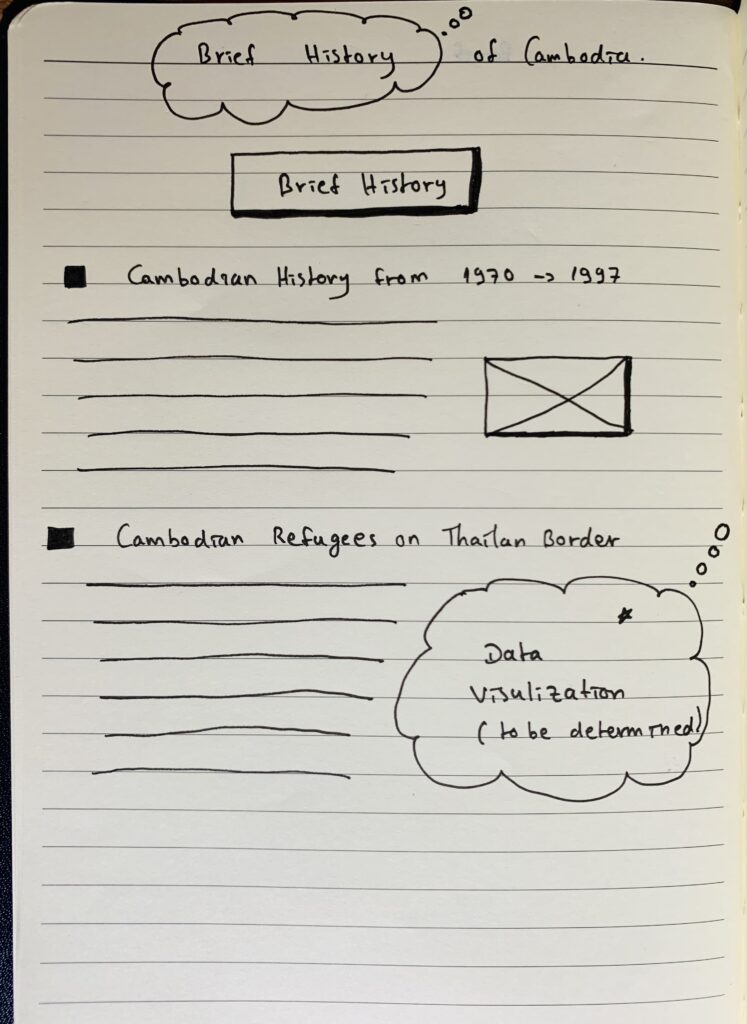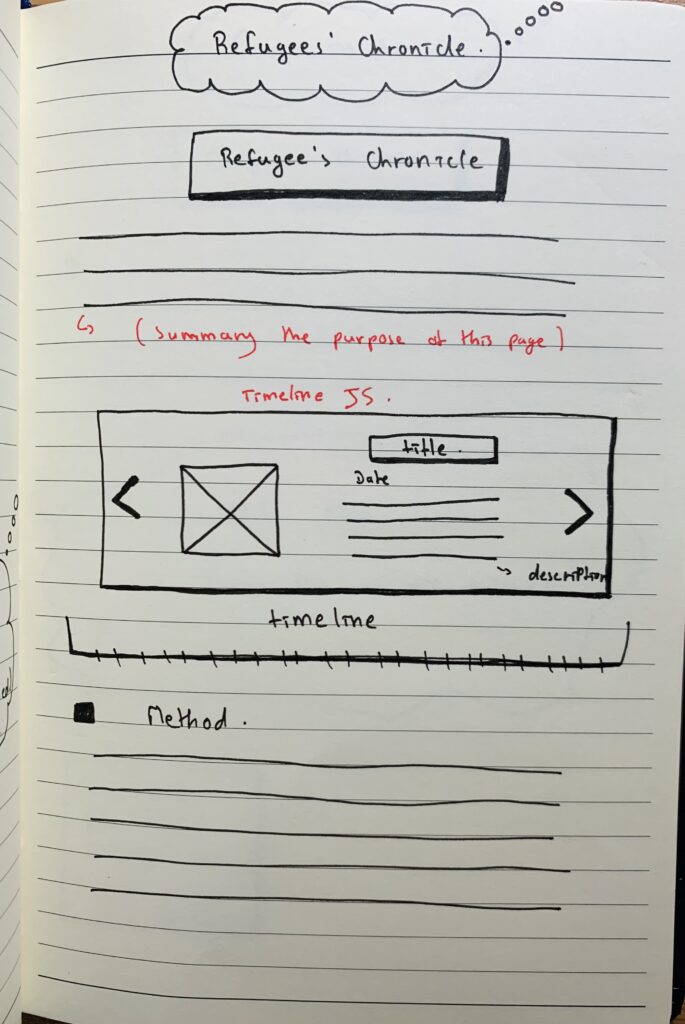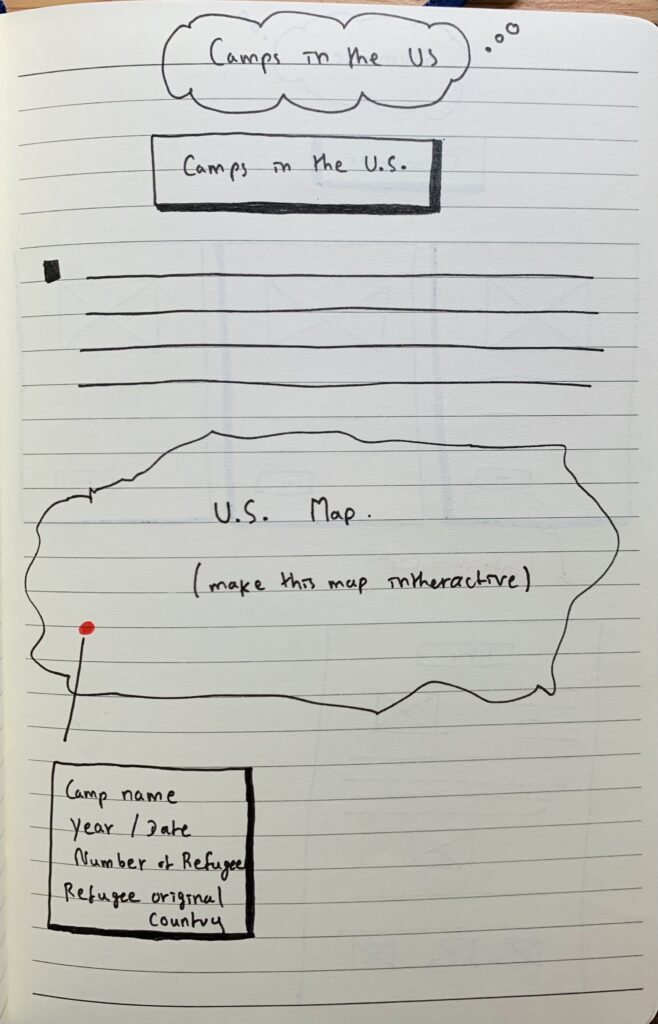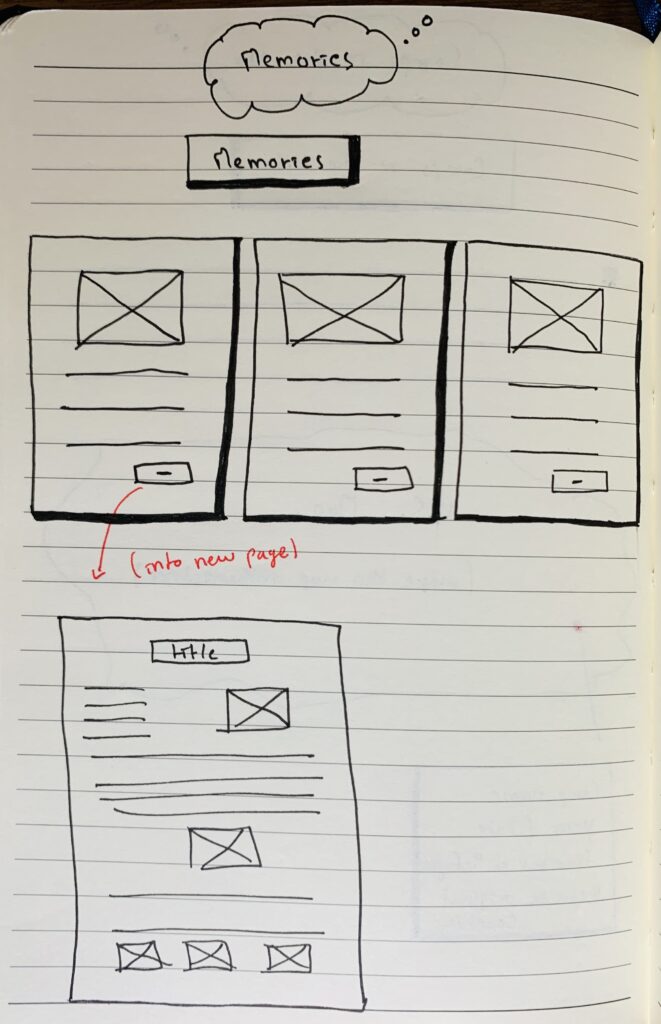As I am writing this final post, it is the last day of the Digital Scholarship Summer Fellowship 2021. Summer has gone by so fast, sometimes I have not noticed that it’s coming to an end. One of the reasons is that I really enjoy working on my individual project, having a daily meeting and discussion with the cohort, and other activities we did that I lost track of time. It was the best summer I could ever asked for because it has not only transformed my perspective about Digital Humanities in a good way, but it has also helped me building a meaningful relationship with a group of people that I have grown to love and care a lot about.
But most important of all, it’s the knowledge and perspective about Digital Humanities (DH) that I have learnt and accumulated over the summer. I remember the very first reflective post I did about what DH is, and how much I understand about it then. Well, over the summer, there are a few things I have come to realize and further understand that I would like to highlight here.
First, it is the application of DH. When I first discover the term “DH”, I had thought that it can only be applied to the humanities field of studies; for example, history, sociology, art… However, I now know that DH can be applied to different field of studies whether it’s social science or hard science. Moreover, DH is highly collaborative, especially between traditional research in social science and application in hard science. I remember one of the speakers who talked about his work creating 3D model and virtual reality of Spanish theater. To make it happen, the project need contribution from history and architecture experts to consult the academic aspect of it, and computer science experts to build the 3D and virtual reality.
Second, it is the life of DH. I understand that DH project is continuous, and there is no end to it. It is just simply abandoned by the project owner. However, what I have never thought about is that some days, all these DH projects will become an archive that future generation would look back on it and says, “that’s old stuff”. It also makes sense that these projects might disappear one day because there is no space on the internet to put it up. That’s when the Internet archive come into play. Have never heard about the internet archive before, I am fascinated by what it does, and how we can make use of it.
Third, when it comes to DH, it is more about the process of doing it rather than the result. The talk by Ms. Quinn Dombrowski about the failure of DH helps me settle with my project and feel better about what I did this summer. Through the whole summer, I have enjoyed the process of doing my project a lot, especially of all the things I learn about my research in general, my protagonists’ stories, my research skills, and the relationship I have developed over the past 8 weeks.
I appreciate everything I have encountered for these past two months, and I am going to embrace everything I have learnt and earned through this process. Until we cross path again, goodbye temporarily, DH and DSSF.

